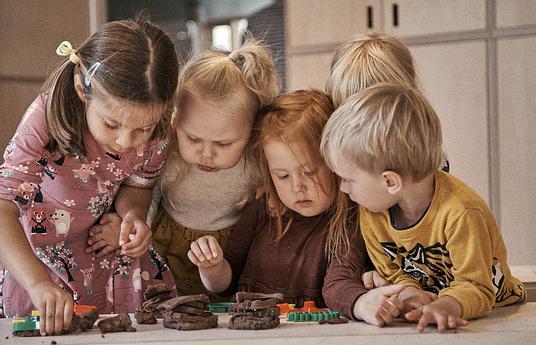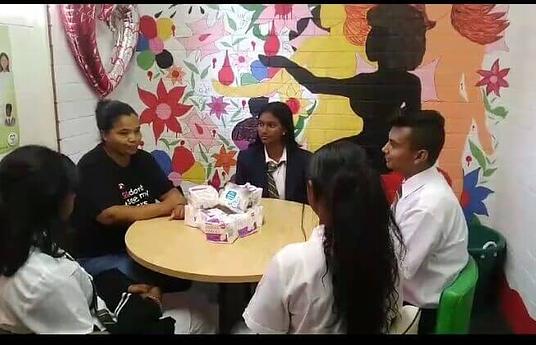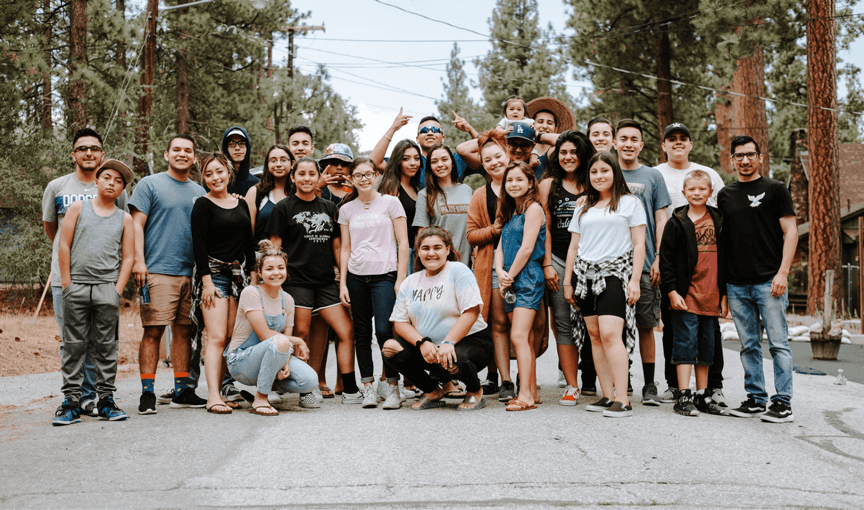We are on a journey to solve a major societal challenge:
What does it mean to be human in a global age of fast-paced technology?
From:
Young people facing:
- Digital overload and cyberbullying
- Anxiety, depression, and poor mental health
- Stress and lack of emotional regulation
- Isolation and a diminished sense of belonging
- Poor communication and executive function skills
- A loss of identity, focus, and intrinsic motivation
- A lack of purpose, resilience, and growth mindset
To:
Empowered young people who:
- Manage stress and emotions with resilience
- Feel connected, confident, and valued
- Demonstrate emotional intelligence and empathy
- Think critically and solve complex problems
- Lead with integrity and purpose
- Build executive functions: focus, adaptability, self-direction
- Understand themselves in order to connect meaningfully with others
- Contribute to inclusive communities and positive social change
Through:
The AHA Human Connection Lab’s holistic, neuroscience-based program that nurtures the whole person using these essential skills:
Human Potential Skills:
- Cognitive
- Social-emotional
- Physical
- Wellbeing
- Spiritual
- Digital
Core Learning Tools:
- Emotional intelligence, empathy & compassion
- Play, creativity, nature-based exploration
- Mindfulness, yoga, journaling, and body awareness
- Social impact projects and leadership opportunities
- Digital literacy, online ethics, and critical thinking
- Self-check-ins and healthy habits (sleep, food, movement)
- Understanding brain science: neurotransmitters and neuroplasticity
Supported By:
- A growth mindset learning community
- Daily movement and reflection practices
- Ambassador programs for student leadership
- A common SEL vocabulary for youth, educators, and families
- A village approach: engaging the whole community to support youth well-being
The Result:
Young people who are resilient, emotionally healthy, intrinsically motivated, and joyful—confident agents of change in their schools and communities, thriving as whole human beings in a digital world.



